Permission to feel like royalty even for a day?!
Las Piñas Bamboo Organ: A National Culture Treasure of the Philippines

Contributed by Touriztadventure
Las Piñas, one of the many cities in the National Capital Region (NCR), is continuously growing. Along the stretch of Alabang-Zapote Road, you will notice the rise of shopping centres, spas, and other modern structures that display commercialism and urban lifestyle. Overlooked by many, this city preserves one of the most important treasures of our country, the Bamboo Organ.
Also read: 12 Notable Sites in the Philippines Every History Buff Must Visit
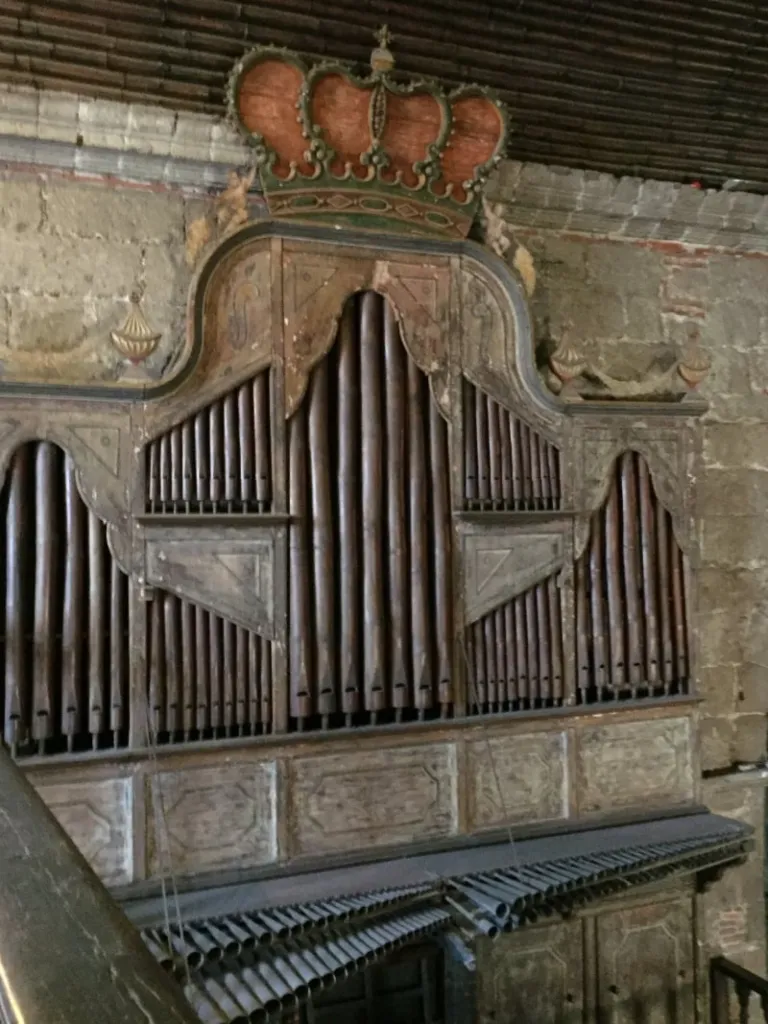
For this year, I decided to visit the site where the bamboo organ is located. This unique musical instrument is found inside the St. Joseph Parish Church, the home of the Bamboo Organ. Beside the church is the antillan house, the old Spanish convent that serves as the office of the Bamboo Organ Foundation, Inc., museum, souvenir shop and the parish adoration chapel. This is where you will get a closer view of the famed Bamboo Organ.
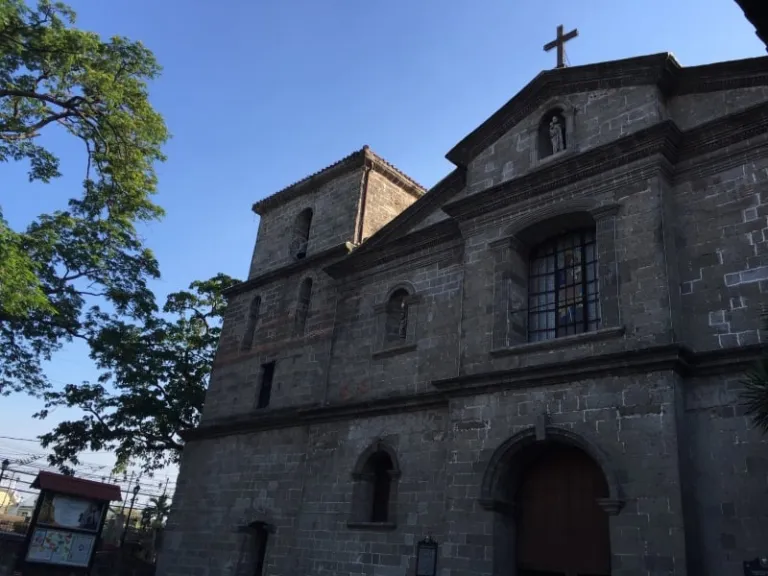
One afternoon, I treated myself to an educational tour about the Bamboo Organ and its origin. The tour started with a brief history of the Bamboo Organ’s founder, Fr. Diego Cera, an Augustinian priest who was the first parish priest in Las Piñas. His remarkable contributions included the establishment of St. Joseph Church and the creation of Bamboo Organ.
Also read: 18 Picturesque Churches and Chapels in the Philippines

St. Joseph Parish Church and the Bamboo Organ
Originally, St. Joseph Parish Church, made from bamboo and nipa, was located near the sea. However, the use of light materials and the location led to the church’s wreckage. The destruction of the first church structure directed Fr. Cera to build a church out of adobe stone using the baroque architectural style. The parish priest bought the present site of the church for ₱150.00 during that time.
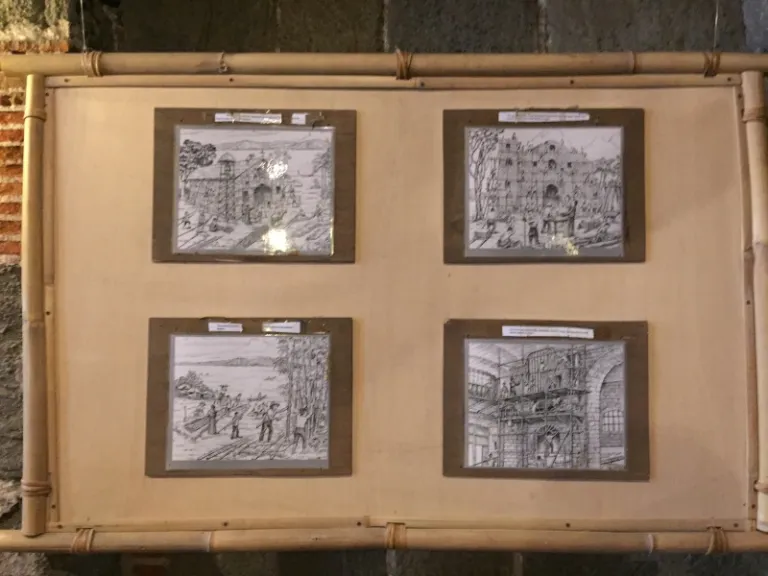
The construction of the church and the Bamboo Organ was done simultaneously. Fr. Cera, the genius behind the adaptation of this European instrument to the Philippines using native materials, took eight years in finishing this magnificent musical instrument.
Aptly called the Bamboo Organ due to majority of its pipes was made of bamboo, this unique instrument consisted of 1,031 pipes – 902 were bamboo pipes, 129 metal pipes and a pajarito, an instrument that produced bird-like sound. In the earlier years, the bellows, a tool used to supply air to Bamboo Organ, was operated manually.
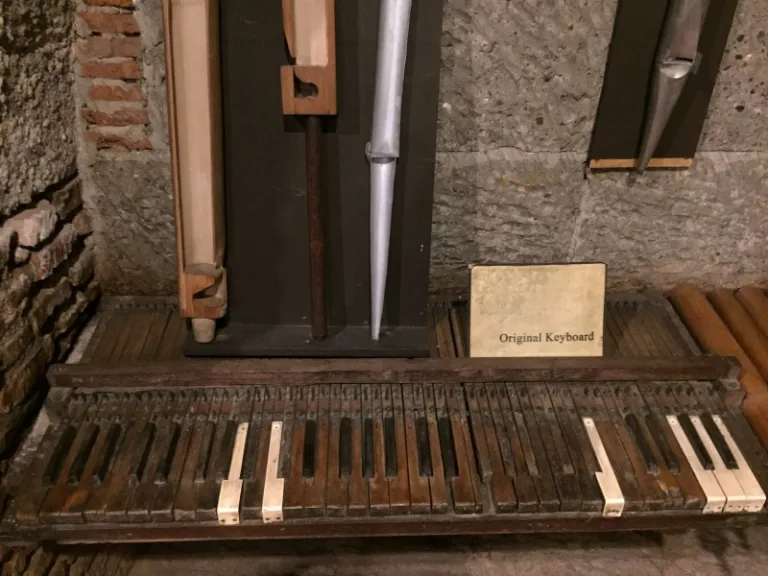

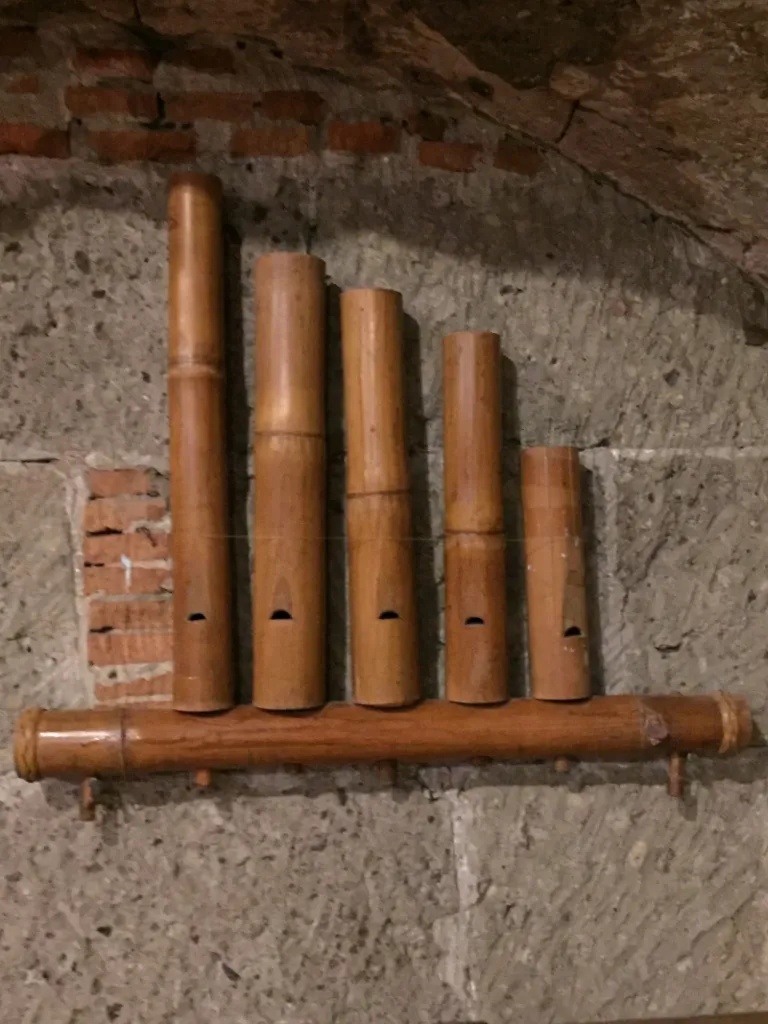

Unfortunately, the Bamboo Organ ceased playing beautiful music in 1880’s due to the stones and water that fell inside the organ case brought by earthquake and typhoon. The pipes were kept in the church’s old sacristy until 1917, when tourists rediscovered its unique charm.
Restoration and renovation
In 1972, the Bamboo Organ total restoration project was awarded to a German named Johannes Klais Orgelbau. This instrument was shipped to Germany in 1973 for restoration. In March 1975, the Bamboo Organ returned to its beloved home in Las Piñas. A year after its restoration, a festival was created known as International Bamboo Organ Festival. The annual celebration, held every February, attracted both local and foreign tourists and music enthusiasts through a showcase of music by celebrated artists and the Las Piñas’ Boys Choir.

Likewise, in the same period, Architects Francisco “Bobby” Manosa and Ludwig Alvarez led St. Joseph Parish Church’s renovation. The church’s ceiling, made of bamboo was incorporated since the church was the sacred sanctuary of the famous and historic Bamboo Organ.

Through the years, the Bamboo Organ has been playing beautiful music not only to the parishioners of Las Piñas but also to the tourists who visited the place. In 2003, the National Museum of the Philippines officially declared the Las Piñas Bamboo Organ as a “National Cultural Treasure” since it is the only 19th century Bamboo Organ in the Philippines that has survived and is still functioning”.
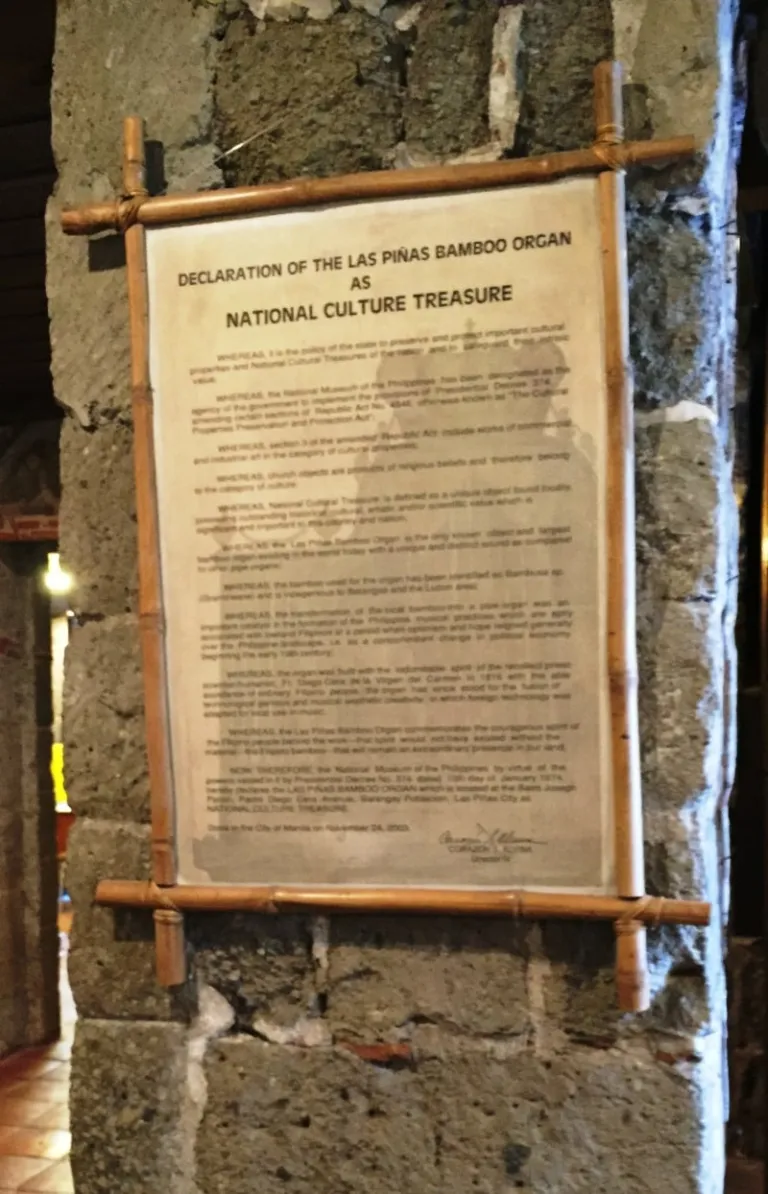
I was pleasantly entertained and educated about this tour. The guided tour helped me to ogle at the original parts of the Bamboo Organ, its mechanism, and other historical artefacts and photographs related to its existence as well as its impact to the history of Las Piñas. After the brief museum tour, the tour guide accompanied me to the church’s choir loft to see the majestic Bamboo Organ up close.
Also read: Makati Museums & Galleries that Bring Out the Inner Artist in You

The Bamboo Organ Foundation
Address: P.Diego Cera Avenue, Brgy. Daniel Fajardo, Las Piñas City
Museum Tour: 8am – 12nn and 1pm – 5pm daily
For group tours/mini-concerts, please call the BOFI office: (02)825-7190/ 820-0795
Admission Fees: Adult: ₱100 | Children/Student/Senior Citizen: ₱50
Published at
About Author
Rizza Alo
Subscribe our Newsletter
Get our weekly tips and travel news!
Recommended Articles
10 Fairytale Castles In Europe Filipinos Need To See! 10 Family Outing Ideas in Metro Manila Under ₱500 Looking for a weekend bonding with the family under ₱500? Head to these places, pronto!
10 Fun Things to Do in Manila Alone Live your best life in Manila, even when you’re riding solo.
10 Spa & Massage Places in Manila to Destress Sometimes we need a little TLC.
12 Hotels Near Manila Airport (for When Your Flight Is Too Early) To save yourself the stress of Manila traffic.
Latest Articles
Dingalan Travel Guide: Nature Spots to Discover Now Underrated coastal gem in Aurora
What to Eat in Bicol: Iconic Dishes and Treats, and Unique Pasalubong You’ll Love Spice up your foodie adventure with iconic Bicol dishes and must-try pasalubong!
Top Travel Trends in the Philippines for 2025 New spots, tips, and trends
New UK Adventure Park to Visit in Devon and Cornwall Fun countryside escape near London
Ultimate Camarines Norte Travel Guide: Waterfalls, Beaches, and More From surfing to secret waterfalls, Camarines Norte is your next escape!

